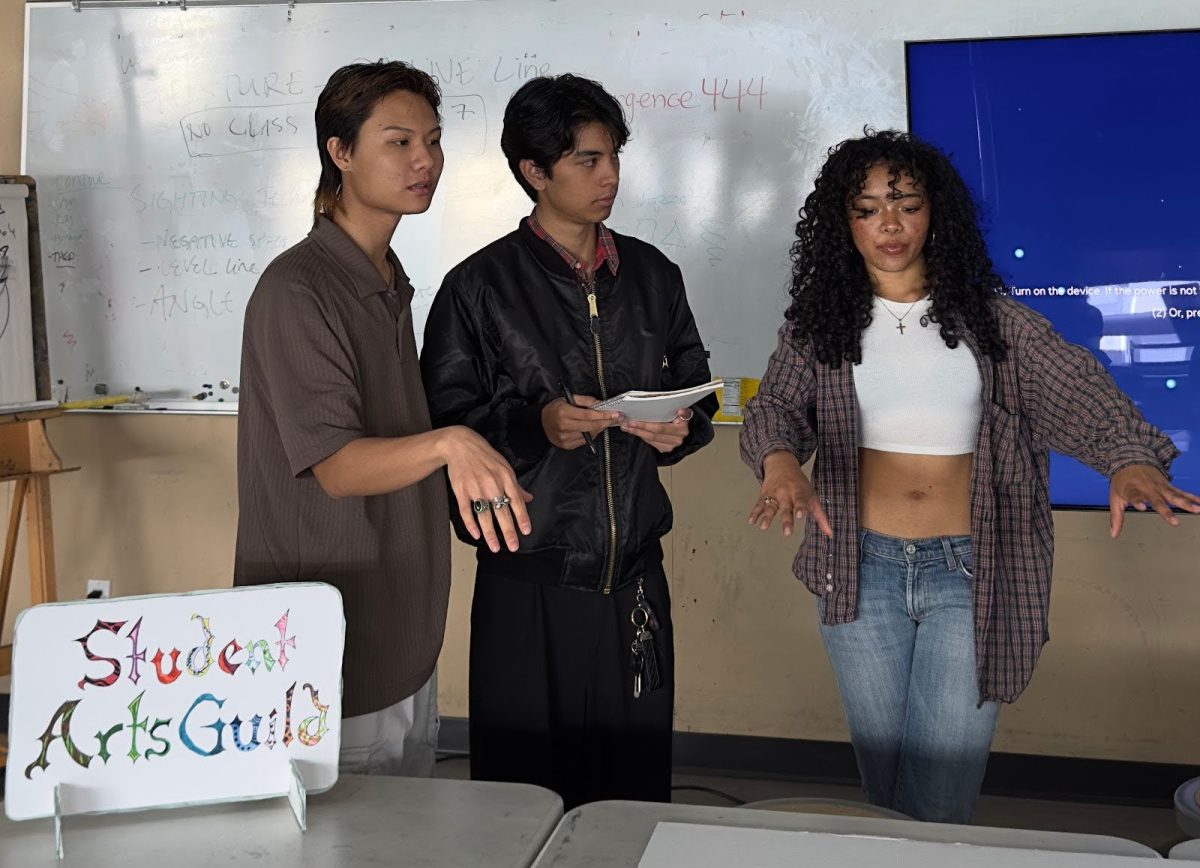
Your nervous system makes life-defining decisions that guide your every moment
by Thayer Robins
Our human nervous system is at the center of who we are. It’s what we use to experience not only the world surrounding us but the world within us. It’s how we do things and how we know things. And it’s the seat of that most profound and mysterious aspect of our humanity: our soul.
Over the past two semesters, I’ve written about how we all can improve the health of a core component of our nervous system: our brain. This semester, I’m shifting the lens to focus on a different component: our Autonomic Nervous System (ANS).
This division of focus is somewhat artificial. In truth, our brain, spinal cord, ANS, and the other nerves that comprise our nervous system are tightly interwoven and highly interdependent — influencing each other, moment-by-moment. Yet the ANS itself is important to understand because it carries primary responsibility for one vitally important function: keeping us safe.
Our ANS never sleeps. It’s always busy in the background, scanning for possible threats and turning the dials that determine where our resources are going.
Should our system prioritize strength and quick action by sending extra blood to our muscles and pumping out adrenaline? Or is this an appropriate time to direct resources toward more rejuvenating activities — such as digestion, cognitive processing, or socializing?
These decisions — about what to turn high and what to turn low — are grouped together in patterns we call “state.” When our ANS is functioning well, we respond quickly to danger by shifting into a fight-or-flight state, then return to a calm-and-awake state when the danger is gone.
When our ANS is malfunctioning, we can end up stuck — unable to respond to danger or, what’s more likely, trapped in an unrelenting fight-or-flight state or low-energy freeze state.
A malfunctioning ANS is most often considered a consequence of chronic stress or unresolved trauma. But in fact, a lot of things can cause this, including conditions in our body that adversely affect the nerves that transmit these vitally important signals.
Regardless of the cause, a shift in the state of our ANS changes everything. Our emotional state, cognitive abilities, beliefs about ourselves and others, even our perception (what we see and hear) — all this and more is affected by our current state. And this state is determined by our ANS, which acts on its own — virtually instantaneously — below our conscious awareness.
At the most basic level, trauma and its affects are not psychological but physiological. In future columns, I’ll discuss how we can use this understanding to recognize and change our current state, increase our danger threshold, and encourage healthy function of our own ANS and the ANS of those around us.
For info and tools that can help stabilize and strengthen brain function, check out past columns.
Thayer Robins is a columnist with the Laney Tower.
























